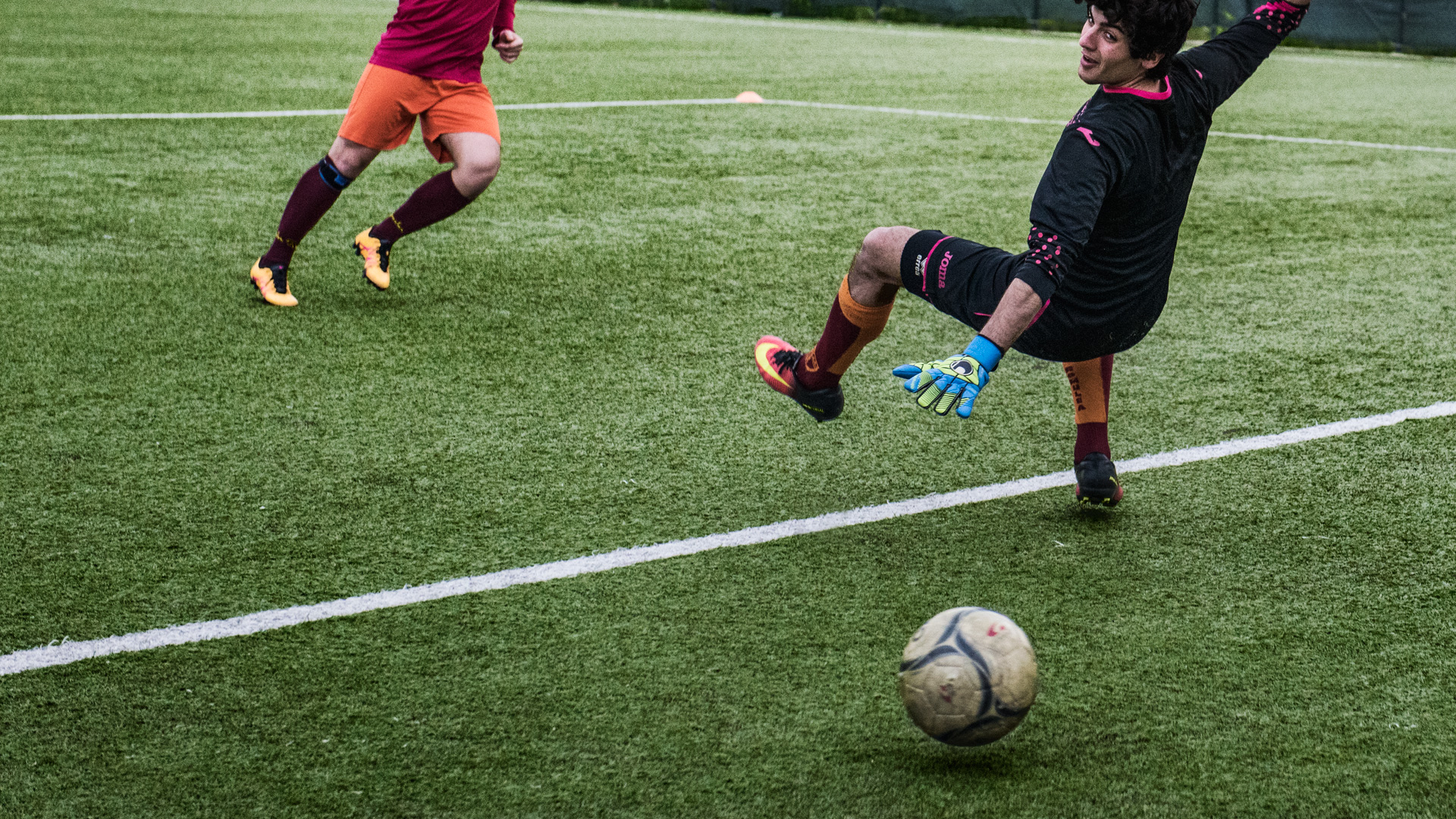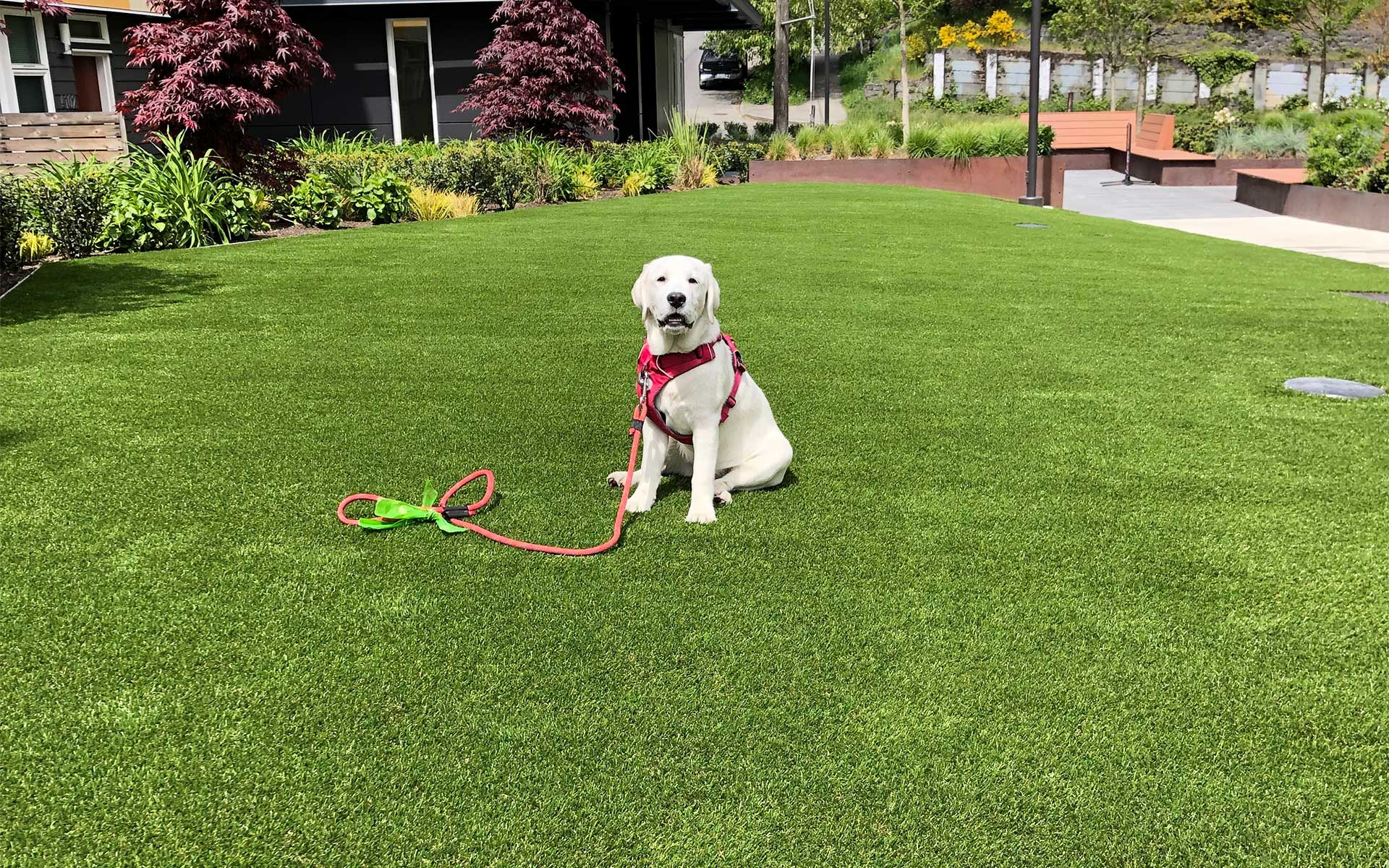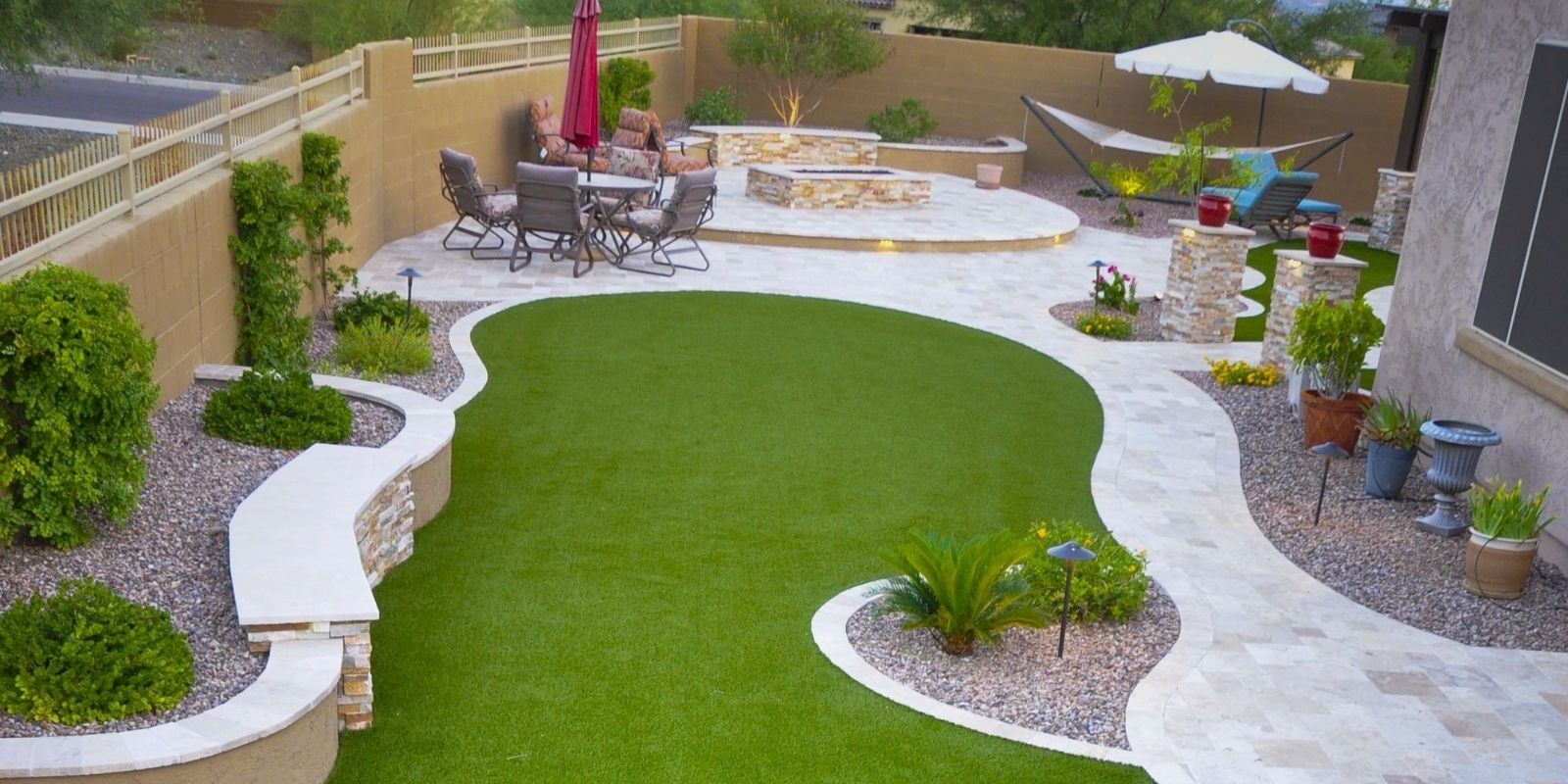Find the Top Turf Installation Phoenix AZ Services for Your Home or Business
Find the Top Turf Installation Phoenix AZ Services for Your Home or Business
Blog Article
Explore the Environmental Perks of Opting for Artificial Grass Solutions
The adoption of artificial turf services provides a compelling possibility to deal with pressing environmental obstacles. By dramatically minimizing water usage and lessening the application of dangerous chemicals, these alternatives not only advertise sustainable landscape design however also shield regional ecosystems. Moreover, the reduced carbon footprint related to lowered upkeep tasks adds to a much more sustainable strategy to land management. Nevertheless, the effects of these advantages extend beyond plain preservation initiatives, raising concerns concerning their lasting effect on environment preservation and general eco-friendly equilibrium. Discovering these measurements exposes a complicated interaction worth considering.
Water Conservation Perks
One of the most considerable benefits of synthetic grass is its ability to conserve water. Traditional lawn lawns require substantial irrigation, particularly in areas prone to drought or water restrictions. In contrast, synthetic grass does not need watering, considerably decreasing the general demand for water resources. This feature is specifically useful in dry regions where water scarcity is a pushing concern.
By eliminating the demand for normal watering, synthetic grass adds to sustainable landscape techniques and aids reduce the ecological impact of extreme water consumption. Furthermore, the preservation of water includes the reduction of overflow, which can lead to dirt erosion and river air pollution.
In addition, the installment of man-made turf enables communities and house owners to designate water sources extra effectively, concentrating on essential uses such as alcohol consumption water and agriculture. The change in the direction of artificial grass not only advertises liable water use but likewise lines up with broader environmental objectives targeted at protecting natural deposits.
As communities increasingly prioritize sustainability, the water preservation benefits of synthetic grass provide an engaging instance for its adoption in residential and business landscaping projects.
Decreased Chemical Usage
The change to synthetic grass dramatically lowers the dependence on chemical treatments frequently utilized in natural grass maintenance. Traditional turf management generally involves the application of pesticides, plant foods, and herbicides to promote development and control parasites. These chemicals can present dangers to human wellness, local wild animals, and the atmosphere, contributing to soil and water contamination.
In comparison, synthetic lawn eliminates the need for these damaging substances. By lessening the launch of synthetic substances into the ecosystem, man-made lawn promotes much healthier soil and water systems.
In addition, the absence of chemical overflow associated with synthetic grass installments helps secure local rivers from pollution, sustaining marine life and maintaining biodiversity. Turf installation phoenix az. As areas increasingly prioritize lasting techniques, selecting artificial turf provides a feasible solution that straightens with ecological preservation goals. Through this change, property owners can delight in rich environment-friendly areas without endangering eco-friendly health, paving the way for an extra lasting future
Lower Carbon Footprint

In addition, the installation of synthetic grass can result in considerable water conservation. Natural yards require significant quantities of water for watering, which not just includes in the carbon footprint related to water removal and therapy yet additionally strains regional water sources. In comparison, synthetic grass needs very little maintenance, needing no watering, consequently significantly decreasing water use and its Visit Website connected energy costs.
Additionally, the durability of synthetic grass adds to its decreased carbon effect. With a lifespan of approximately 15 years or even more, the requirement for regular substitutes is lessened, causing much less waste and lower energy consumption in manufacturing and taking care of typical yard options. Generally, man-made grass offers a sustainable choice for ecologically conscious landscape design.
Environment Preservation
Environment conservation is a crucial factor to consider in the discussion over landscape design selections, specifically when comparing synthetic turf to natural yard. All-natural grass lawns typically require extensive upkeep, including making use of herbicides, plant foods, and pesticides, which can adversely influence local ecosystems. These chemicals can seep into the dirt and rivers, harming indigenous vegetation and fauna and disrupting neighborhood habitats.
In comparison, synthetic grass provides a chance to decrease the ecological impact of landscape design. By choosing for artificial turf, house owners can decrease the disruption of natural habitats connected with standard lawn care methods. Artificial turf removes the need for harmful chemicals, thus shielding neighboring wildlife and preserving the stability of bordering communities. The setup her response of man-made lawn can lead to the conversion of previous grass areas into more biodiverse landscapes, such as pollinator gardens or native plant locations, which can sustain local wildlife.
Inevitably, the shift to synthetic turf not only conserves water and reduces maintenance efforts yet additionally promotes a much more unified partnership in between human activities and the natural environment, promoting habitat preservation in the procedure.
Long-Term Sustainability
Lasting sustainability is an important aspect in evaluating the benefits of man-made grass over traditional grass yards. Among the most substantial benefits of synthetic grass is its sturdiness; it can last as much as 15-20 years with minimal upkeep, whereas natural lawn needs frequent reseeding and substitute. This durability reduces the requirement for continuous resources, such as water, plant foods, and pesticides, which are important for keeping a healthy yard lawn.
In addition, synthetic grass adds to a decrease in carbon discharges connected with yard treatment tools. Typical lawns often need gas-powered lawn mowers, trimmers, and blowers, every one of which contribute to air contamination. Arizona artificial turf. In contrast, synthetic grass eliminates visit our website the demand for such equipment, promoting a cleaner setting
Moreover, the manufacturing of synthetic grass increasingly uses recycled products, enhancing its sustainability account. As suppliers take on eco-friendly techniques, the ecological impact of man-made grass continues to diminish.

Final Thought
The adoption of fabricated grass solutions offers considerable environmental benefits, including significant water conservation, decreased dependence on unsafe chemicals, and a lower carbon impact. Man-made turf help in maintaining natural environments by minimizing land disruption and promoting long-lasting sustainability via the use of long lasting materials. Jointly, these factors highlight the possibility of synthetic grass to contribute favorably to ecological health and use a viable choice to traditional landscaping methods in a significantly resource-conscious world.
In comparison, artificial turf does not need watering, dramatically reducing the overall need for water sources. By minimizing the release of synthetic compounds into the ecosystem, synthetic grass promotes healthier soil and water systems.
Additionally, the installment of fabricated turf can result in substantial water conservation. In contrast, fabricated lawn requires minimal upkeep, needing no watering, thereby dramatically minimizing water usage and its associated energy expenses.

Report this page